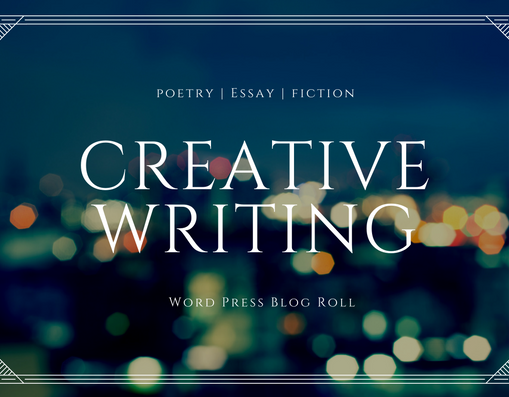Teaching college English in the digital age warrants new ways to deliver millennia-old rhetorical models, especially for learners steeped in social feeds and saturated with visually-rich memes and advertisements. Rather than tossing out the textbook, visual representations of classical rhetorical theory can serve as a complement to scholarship, translating verbal construction into a visual language familiar to the neophyte.
The exercise of redesigning abstract concepts into concrete forms--a visual metaphorization--challenges the instructor to think anew something old. There may be nothing more conducive to understanding students who are coming to the material fresh, without context or form.
Simplifying the art of discourse into a model students can use results in theoretical models that also help them understand the relationship of how grammar and syntax work in concert to construct meaning. The value of developing reproducible models is easily seen in the practice of any craft. Over time, iterative use of the model leads to variation, and when practiced with care, may even lead to command over the medium.
As McLuhan suggests, that is power over the message.
Course assignments accompanied by simplified collateral around lessons learned help frame complex ideas students encounter over time into a unified model.
As a trifold brochure, this print asset served both essay development and peer review for a particular mode of writing: the rhetorical analysis, an especially difficult form of writing for undergraduates. However, when summarized into phased that integrate lessons across multiple learning modules, what feels separate (taught across time), comes together as a single writing model.









